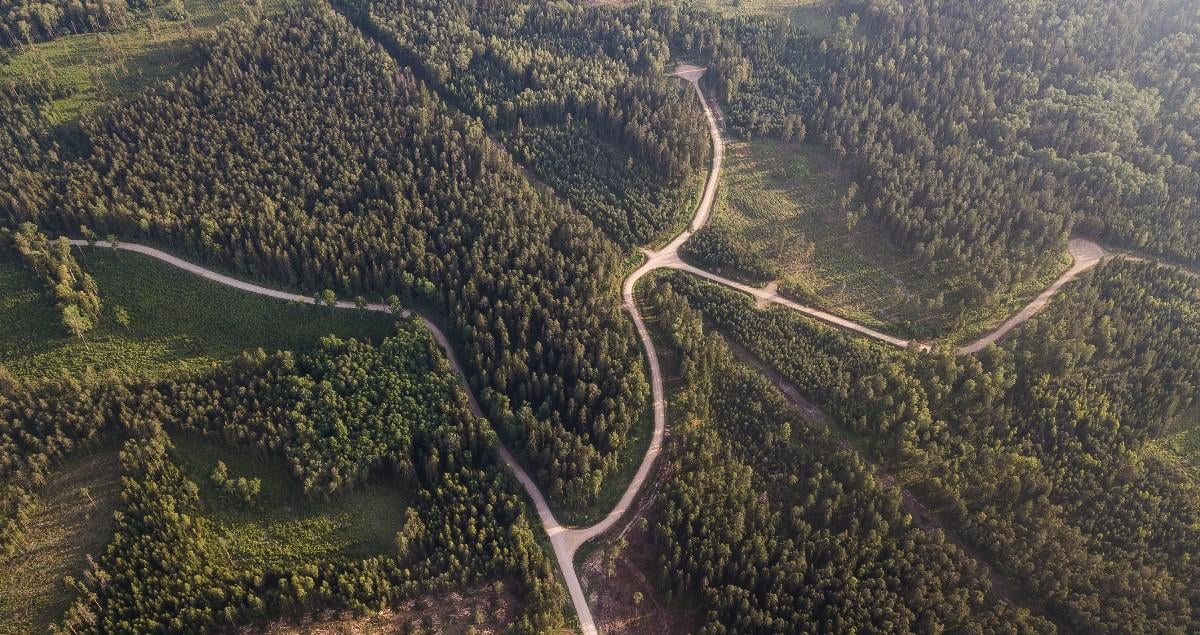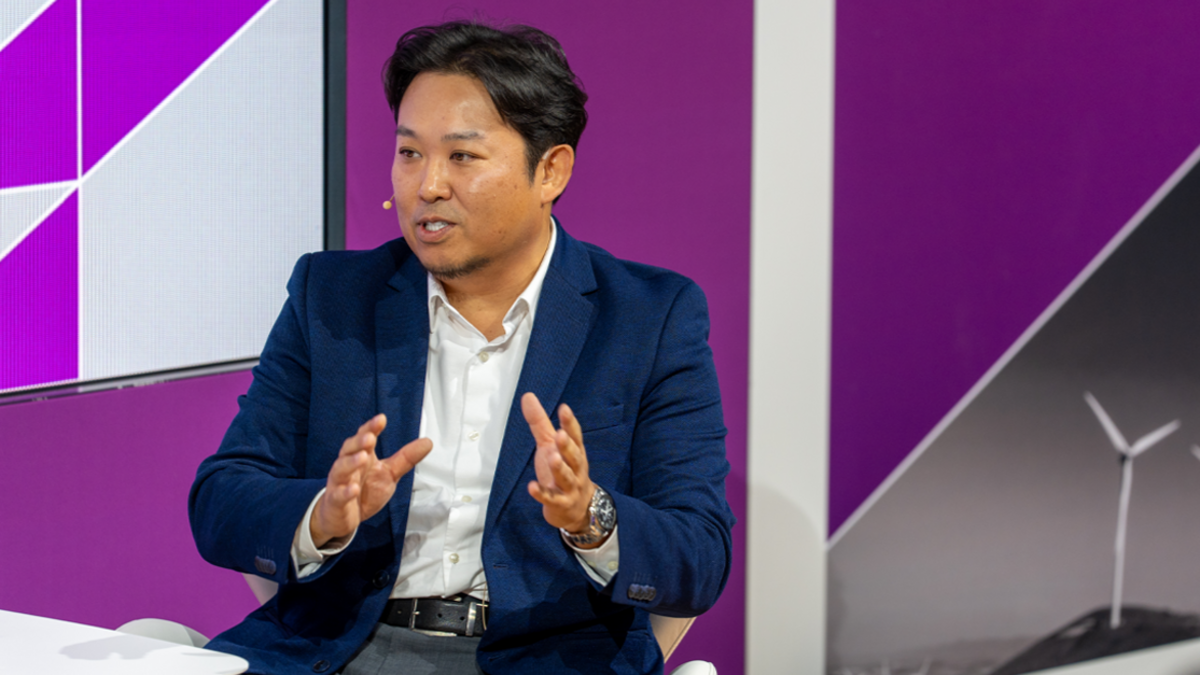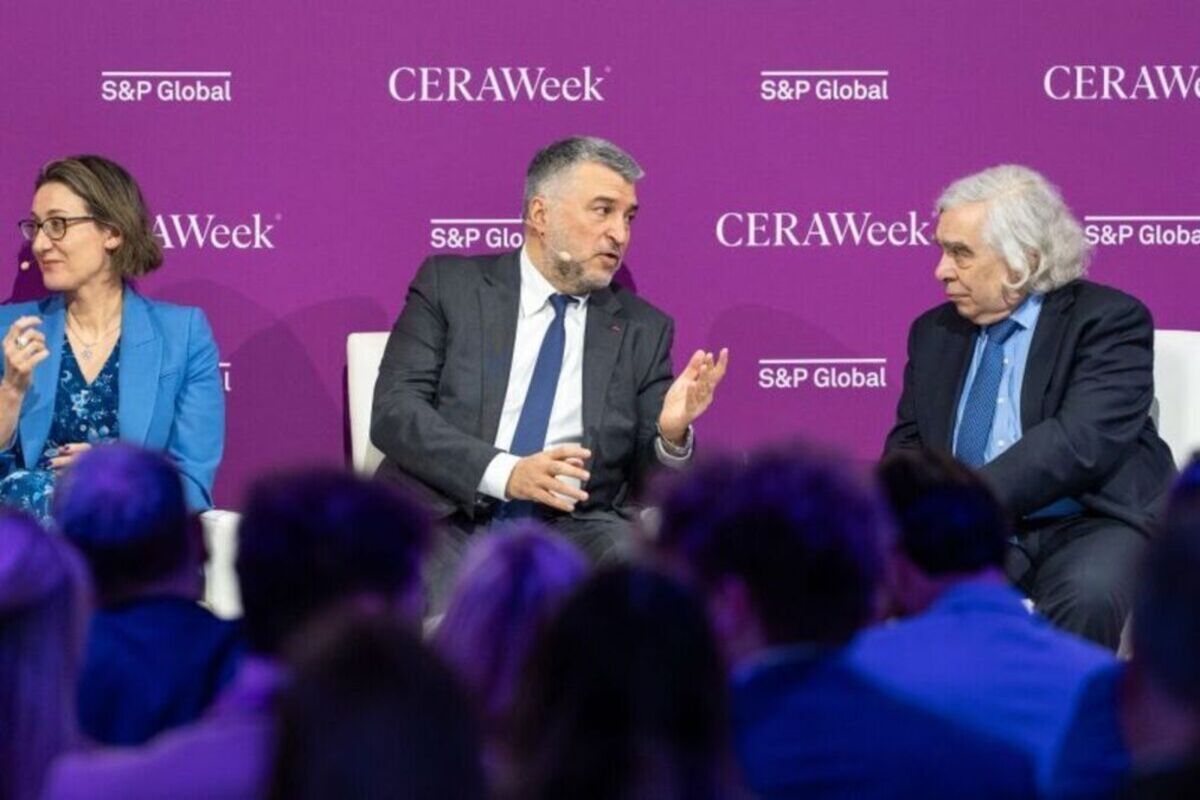Driving gigaton-scale solutions as the energy transition ‘recalibrates’

The energy transition is not slowing but “recalibrating” by prioritizing bankable projects and infrastructure readiness.
That was a key takeaway from CERAWeek 2025, according to Professor Dr. Emmanouil Kakaras, Executive Vice President, GX Solutions, EMEA at Mitsubishi Heavy Industries (MHI) — one of a host of MHI experts who appeared on panels at the conference.
This year’s edition of the annual energy event in Houston, Texas, was held under the overarching theme of ‘Energy strategies for a complex world’. This complexity cut through discussions, and there was a notable shift in the dialogue around the future of energy, as the focus on security and affordability grows alongside climate impact.
There was also much optimism across conversations at the conference — especially about the technologies ready to scale to the capacity needed to achieve net zero.
Building a suite of decarbonization solutions
The green transition has arrived at something of a crossroads as energy security and geopolitical tensions influence global strategies and investment decisions. At the same time, there is a critical need for innovative solutions to address tough decarbonization challenges, including long-duration energy storage and hard-to-abate sectors such as industry.
Speaking on a CERAWeek panel called ‘Which Technologies Are Ready for Gigaton Scale?’, Ricky Sakai, Senior Vice President of Investment & Business Development at MHI America, and co-panelists cautioned there is currently no “silver bullet” that will decarbonize every industry and sector. Not every solution will work in every region, and different technologies are entering the market and growing at varying speeds and scales. For this reason, Sakai noted, building a suite of solutions tailored to specific regions will be an all-of-the-above approach.

Technologies ready to reach gigaton scale
“The energy industry faces gigaton-scale challenges, but we’re developing gigaton-scale solutions,” Sakai said, referencing the capacity that technologies will need to operate at for the world to get to net zero by 2050.
“Technologies such as CO2 capture, hydrogen, geothermal energy and long-duration energy storage, developed and scaled simultaneously, will help us decarbonize across different locations and sectors.”
CO2 capture — an “important” net zero technology, according to the International Energy Agency (IEA) — is already proving indispensable, both for the power industry and for hard-to-abate sectors, including data centers, Kakaras said during the panel discussion ‘Energy at the Crossroads: Technologies, policies and business models’.
Hydrogen, too, remains critical, panelists agreed. While momentum behind using low-emissions hydrogen to decarbonize hard-to-abate sectors is strong, the IEA says, faster action is required. Kakaras highlighted that pragmatic policies and market frameworks are needed to accelerate adoption.
“The strategy ahead is clear: focus on the most promising projects, which will demonstrate impact that can then be replicated at scale,” he said.

Proving real-world decarbonization feasibility
By proving real-world feasibility in this way, each decarbonization project will pave the way for the next, according to Dr. Hitoshi Kaguchi, Senior Executive Vice President, President and CEO of GX Solutions at MHI, who joined a CERAWeek panel on ‘Decarbonizing Heavy Industries’.
Kaguchi and Sakai both pointed to the Petra Nova Carbon Capture Facility in Texas — the world’s largest post-combustion carbon capture project — as an example that could work as a blueprint for future solutions. The facility uses MHI CO2 capture technology to capture almost 5,000 metric tons of CO2 a day.

Today, many project developers in the US are reacting to policy uncertainty with a “wait and see” approach, Sakai said. But facilities like Petra Nova show that projects that take longer to get off the ground are still worth investing in, he added.
As Sakai noted in a blog written after CERAWeek, such first-of-their-kind, large-scale projects don’t involve waiting for perfect conditions — they involve “companies willing to be first movers, take risks, and get creative with funding from a mix of public and private sources.”
With more start-ups making innovative technology a reality each year, larger companies providing the infrastructure to scale solutions and a new generation of engineers with bold decarbonization ideas emerging, Sakai believes “we have the talent and tools to make this a reality”.
Discover more about MHI’s insights on what CCUS needs to succeed in helping us reach net zero.





